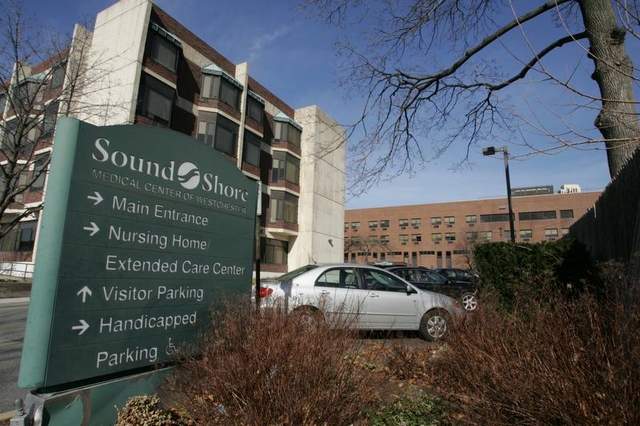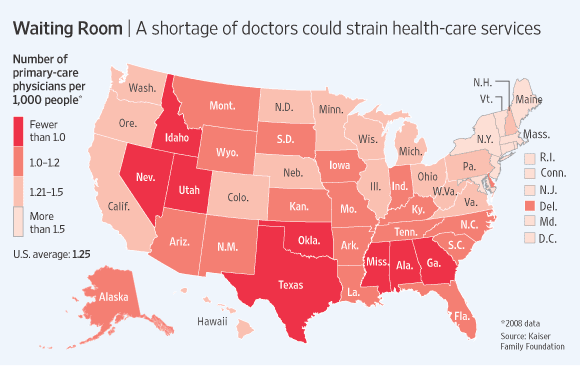
by admin | May 29, 2013 | Hospitals, NY News

Sound Shore Hospital – New Rochelle, NY
Montefiore Buying Sound Shore Hospital. According to the PR release Sound Shore Health System (“SSHS”) announced today it has entered into an Asset Purchase Agreement with Montefiore Health System for Montefiore to acquire its assets. The transaction, which is expected to close by the end of this year, subject to Bankruptcy Court and regulatory approval, will enable Montefiore to continue, and enhance, the provision of care at Sound Shore and Mount Vernon Hospitals as well as at the Schaffer Extended Care Center.
Earlier in May, negotiations between Westchester Medical Center and the Sound Shore Health System broke off after Westchester Medical ended the merger talks.
Sound Shore system was facing a $3 million to $5 million year-end loss when talks with Westchester Medical began late 2012.
Westchester Medical Ceneter has been in the news in recent years embattled with insurance carrier stand-offs. The first was with Empire Blue Cross in Nov 2010 which had been resolved but not with Oxford Health Plans which had terminated its contract in May 2012.
While the move was necessary and Sound Shore Hospital is certainly better off now than some hospitals such as Interfaith Hospital which declared bankruptcy recently.
Still, there are concerns of Hospital and Provider consolidations changing the market place. The Hospital will possibly be transitioned into an ambulatory/multi-specialty center/urgent care center.
Urgent Care have been the good news in bending of the health care cost curve. Approximately 45% of acuities in a hospital ER can be done at an Urgent Care Center. Urgent Care Centers will be filling in the gap between regular family doctors and sitting in an ER. Cost of Urgent Care are up to half of ER. The patient also avoids high ER copays that average $200 aside form possible high in-network deductible. Yet if the Hospital indeed transitions to ambulatory surgery/multi speciality Westchester Hospital available area-hospital beds may further be reduced.
Error: Contact form not found.

by admin | Aug 30, 2012 | group health insurance, Health Care Reform, PPACA
With increase in demand and already shortages of Doctors the Obamacare – Affordable Care Act will put significant severe strains on patient access.
According to todays WSJ article – John C. Goodman: Why the Doctor Can’t See You “Here is the problem: The health-care system can’t possibly deliver on the huge increase in demand for primary-care services. The original ObamaCare bill actually had a line item for increased doctor training. But this provision was zeroed out before passage, probably to keep down the cost of health reform. The result will be gridlock.”
The Department of Health and Human Services, estimated the minimum number of primary care physicians to ensure “adequate supply” at 60 to 80 per 100,000 population. By 2020 an estimated 45,000 new PCP would ne needed 2020. But the number of medical-school students entering family medicine fell more than a quarter between 2002 and 2007.
The greatest demand will be for primary-care physicians. These general practitioners, internists, family physicians and pediatricians will have a larger role under the new law, coordinating care for each patient.
“Take preventive care. ObamaCare says that health insurance must cover the tests and procedures recommended by the U.S. Preventive Services Task Force. What would that involve? In the American Journal of Public Health (2003), scholars at Duke University calculated that arranging for and counseling patients about all those screenings would require 1,773 hours of the average primary-care physician’s time each year, or 7.4 hours per working day.”
In 2014 an expected 30 Million people will be added The expected wait time would increase form 3 weeks to about 2 months. The 2 month estimate is a approximately how long it takes to schedule a check up in Boston which had enacted universal healthcare 5 years ago. Furthermore, the positive measures to encourage preventive care such as healthy screenings and well-care will only add to the gridlock.
“When people cannot find a primary-care physician who will see them in a reasonable length of time, all too often they go to hospital emergency rooms. Yet a 2007 study of California in the Annals of Emergency Medicine showed that up to 20% of the patients who entered an emergency room left without ever seeing a doctor, because they got tired of waiting.” Be prepared for that situation to get worse even with Urgent Care Centers.
“A New York Times survey of dermatologists in 2008 for example, found an extensive two-tiered system. For patients in need of services covered by Medicare, the typical wait to see a doctor was two or three weeks, and the appointments were made by answering machine.However, for Botox and other treatments not covered by Medicare (and for which patients pay the market price out of pocket), appointments to see those same doctors were often available on the same day, and they were made by live receptionists.”
As with any economic model the shorter supply of provider will drive up costs. Aside form provider fees increasing, those who can afford concierge service and pay $2,000-$4,000 may be able to get same day services and easy access but for most Americans with insurance will be waiting longer to see their Doctors. The irony is that people with coverage will have limited access to care.




 Doctor Shortages-covered but less access?
Doctor Shortages-covered but less access?